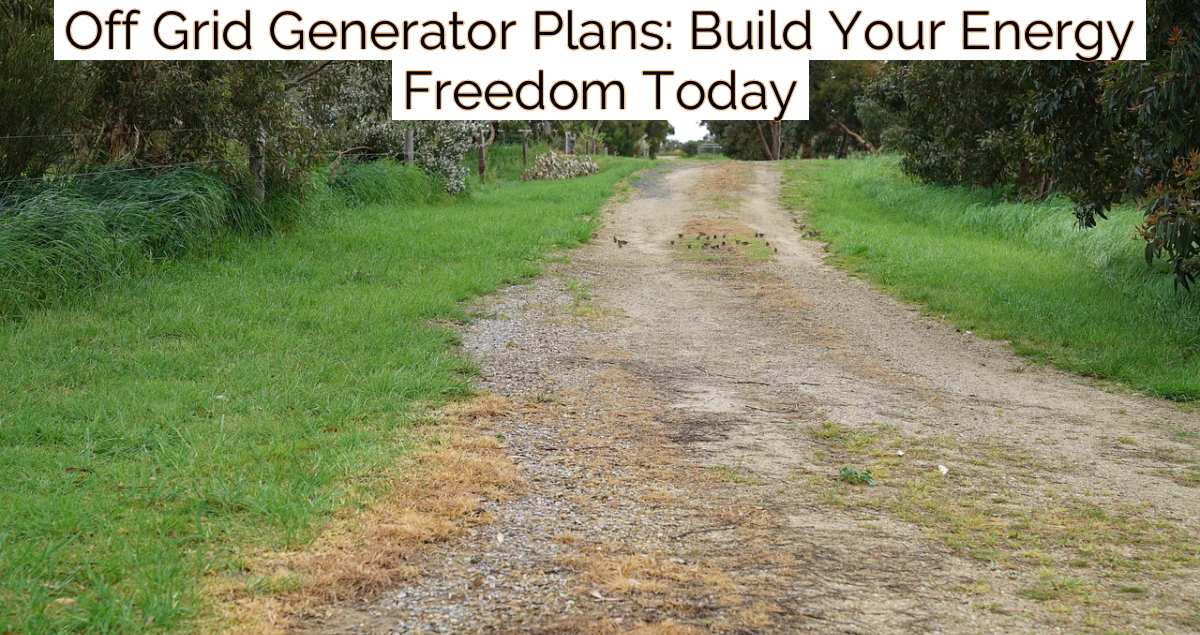Imagine a world where water scarcity is no longer a looming threat. A world where you can create fresh, drinkable water from the air around you—no matter where you are. This is the promise of air fountain plans, a groundbreaking approach to solving one of humanity’s most pressing challenges. Whether you’re living in an arid region, preparing for emergencies, or simply seeking a sustainable water source, these plans hold the key to transforming your environment and securing your future.
But how does it work? And why should you care? Let’s dive into the details, uncovering the secrets behind air fountain technology and how you can harness it to meet your water needs.
What Are Air Fountain Plans?
At their core, air fountain plans are detailed blueprints or guides for constructing devices that extract water from the air. These devices, often referred to as atmospheric water generators (AWGs), use advanced condensation techniques to pull moisture from the atmosphere, even in low-humidity environments. The result? A reliable, renewable source of clean water.
The concept is simple yet revolutionary: air contains water vapor, and with the right technology, this vapor can be captured, condensed, and purified into drinkable water. Air fountain plans provide the step-by-step instructions to build such a system, making this technology accessible to individuals, communities, and organizations.
Why Air Fountain Plans Are a Game-Changer
Addressing Water Scarcity
Water scarcity affects billions of people worldwide, with climate change and population growth exacerbating the issue. Traditional water sources like rivers, lakes, and groundwater are becoming increasingly unreliable. Air fountain plans offer a sustainable alternative, tapping into an abundant resource—the air itself.
Emergency Preparedness
Natural disasters, droughts, and infrastructure failures can disrupt access to clean water. Having an air fountain system in place ensures you’re prepared for the unexpected, providing a lifeline when traditional water sources are unavailable.
Environmental Benefits
Unlike desalination or large-scale water transport, air fountains have a minimal environmental footprint. They don’t deplete existing water sources or require harmful chemicals, making them an eco-friendly solution for water generation.
How Air Fountains Work: The Science Behind the Magic
To understand air fountain plans, it’s essential to grasp the basic principles of atmospheric water generation. Here’s a simplified breakdown:
- Air Intake: The system draws in air from the surrounding environment.
- Cooling and Condensation: The air is cooled below its dew point, causing water vapor to condense into liquid form.
- Filtration and Purification: The collected water is filtered to remove impurities, ensuring it’s safe to drink.
- Storage: The purified water is stored in a reservoir, ready for use.
Modern air fountain designs incorporate energy-efficient components, solar power options, and advanced filtration systems to maximize output and minimize environmental impact.
Building Your Own Air Fountain: Key Considerations
If you’re ready to explore air fountain plans, there are a few critical factors to keep in mind:
Materials and Tools
Most air fountain systems can be built using readily available materials, such as aluminum coils, fans, and water filters. However, the quality of these components will directly impact the system’s efficiency and durability.
Climate and Humidity
While air fountains can operate in low-humidity environments, their efficiency increases in areas with higher humidity levels. Understanding your local climate will help you optimize your system’s performance.
Energy Source
Air fountains require energy to power their cooling and filtration systems. Solar panels are a popular choice for off-grid setups, providing a sustainable and cost-effective energy source.
Maintenance
Regular maintenance is essential to keep your air fountain running smoothly. This includes cleaning filters, checking for leaks, and ensuring all components are functioning correctly.
Step-by-Step Guide to Air Fountain Plans
Here’s a high-level overview of how to build a basic air fountain system:
- Gather Materials: You’ll need a fan, aluminum or copper coils, a water collection tray, a filtration system, and a power source.
- Assemble the Frame: Create a sturdy frame to hold the components in place.
- Install the Coils: Attach the coils to the frame and connect them to the fan. The fan will push air over the coils, cooling it and causing condensation.
- Set Up the Collection Tray: Position the tray beneath the coils to collect the condensed water.
- Add Filtration: Connect the collection tray to a filtration system to purify the water.
- Connect the Power Source: Power the fan and filtration system using electricity or solar panels.
- Test and Optimize: Run the system and make adjustments as needed to maximize water output.
For detailed instructions and advanced designs, consider consulting specialized air fountain plans tailored to your specific needs.
Frequently Asked Questions About Air Fountain Plans
Can air fountains work in dry climates?
Yes, air fountains can operate in dry climates, but their efficiency depends on the humidity level. In extremely arid regions, additional cooling or energy may be required to achieve optimal results.
How much water can an air fountain produce?
The output varies based on the system’s size, design, and environmental conditions. Small systems can produce a few liters per day, while larger setups can generate hundreds of liters.
Are air fountains expensive to build?
The cost of building an air fountain depends on the materials and components used. Basic systems can be constructed for a few hundred dollars, while advanced designs may require a larger investment.
Is the water safe to drink?
Yes, as long as the system includes a reliable filtration and purification process, the water produced by an air fountain is safe for consumption.
Advanced Tips for Maximizing Your Air Fountain’s Efficiency
- Optimize Airflow: Ensure the fan is powerful enough to draw in a sufficient volume of air.
- Use High-Quality Filters: Invest in filters that remove bacteria, viruses, and other contaminants.
- Incorporate Solar Power: Reduce energy costs and increase sustainability by using solar panels.
- Monitor Humidity Levels: Use a hygrometer to track humidity and adjust your system accordingly.
- Experiment with Materials: Test different coil materials to find the most efficient option for your climate.
The Future of Air Fountain Technology
As technology advances, air fountain systems are becoming more efficient, affordable, and accessible. Innovations like nanotechnology, AI-driven optimization, and modular designs are paving the way for next-generation solutions that can address global water challenges on a larger scale.
Imagine a world where every home, school, and community has access to clean water, regardless of location or climate. Air fountain plans are not just a tool for individuals—they’re a blueprint for a more sustainable and equitable future.
Take Action Today
Ready to take control of your water supply? Start exploring air fountain plans and discover how you can build your own system. Whether you’re looking to reduce your environmental impact, prepare for emergencies, or simply enjoy the peace of mind that comes with water independence, this technology is within your reach.
Don’t wait for water scarcity to become a crisis. Embrace the power of air fountain plans and secure your access to clean, sustainable water—today and for generations to come.
Don’t Wait for Water to Run Out—Take Control Today!
Imagine the freedom of creating clean, endless water straight from the air around you. Your journey to sustainable, independent water starts here! Click below to unlock exclusive air fountain plans and discover how you can revolutionize your water supply. Whether you’re preparing for the future or striving for a greener lifestyle, this is your chance to make a powerful change.






